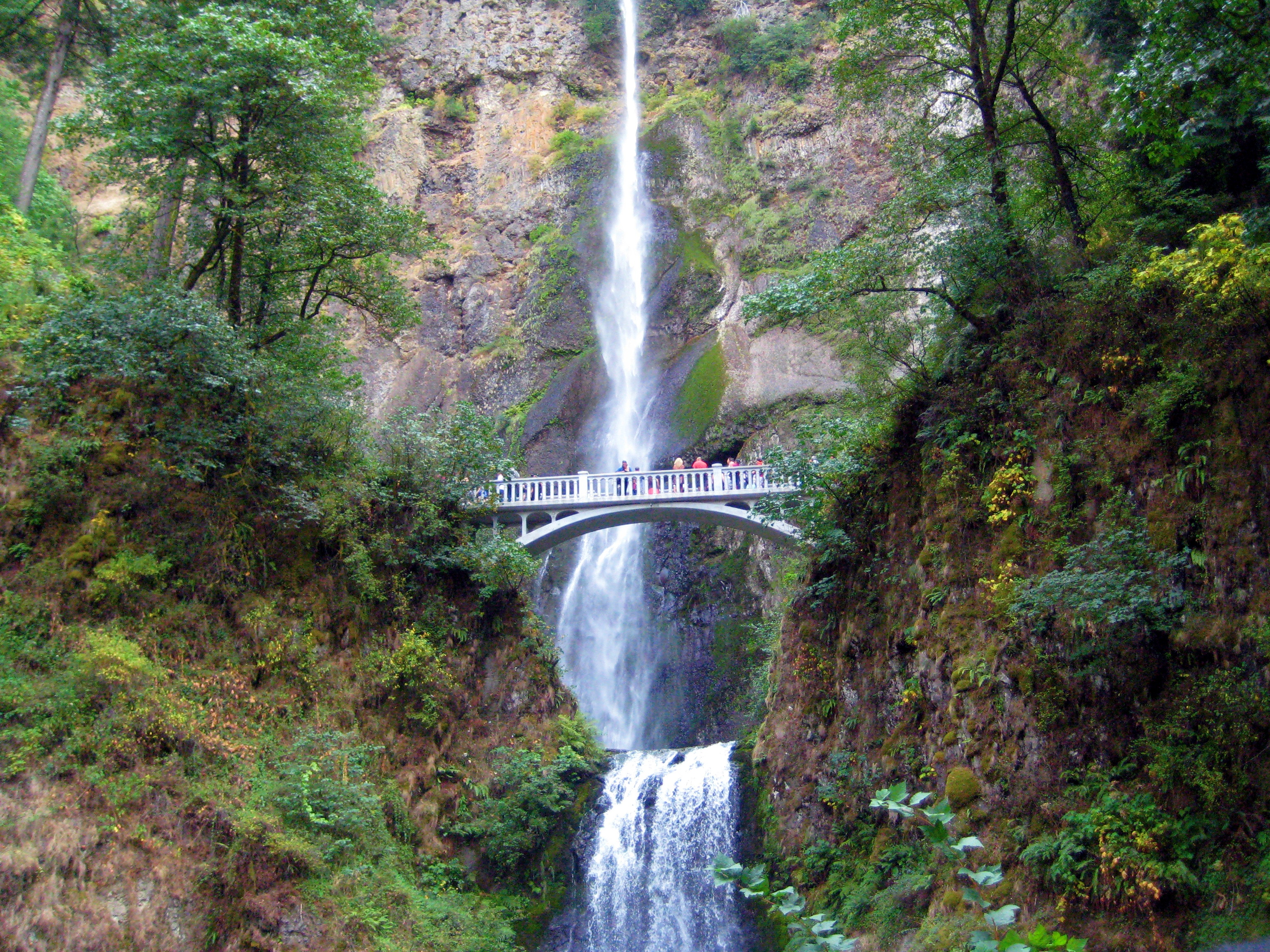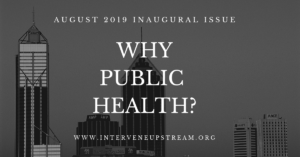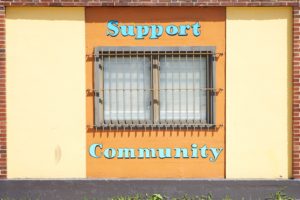With a focus on public health, why did we end up choosing the name Intervene Upstream?
After learning more about us and how to get involved, you may be wondering about our name. Public Health education often requires analogies to explain foundational concepts. We take our name from the famous waterfall analogy. While there are many sources and derivatives, our analogy comes from PreventConnect.org.
The waterfall
- “Imagine a large river with a high waterfall. At the bottom of this waterfall hundreds of people are working frantically trying to save those who have fallen into the river and have fallen down the waterfall, many of them drowning. As the people along the shore are trying to rescue as many as possible one individual looks up and sees a seemingly never-ending stream of people falling down the waterfall and begins to run upstream. One of other rescuers hollers, “Where are you going? There are so many people that need help here.” To which the man replied, “I’m going upstream to find out why so many people are falling into the river.” Saul Alinsky, in Shelden & Macallair
The bridges
- “As you look further upstream, you notice bridges in various states of repair along the river. Some are strong, made of sturdy components. Others are weak and debilitated, with missing boards or flimsy railings. It doesn’t surprise you that most of the people falling in the river are crossing the poorly made bridges and those individuals that live near or travel across the strong bridges are protected. Of course, all of the bridges could use more reinforcement, but it’s easy to see which bridges need the most attention… In the stream parable, we know that certain groups of people are more likely to fall in the river than others. They do not fall in because of individual weakness or intrinsic flaws. Rather, we know that some people are privileged to live in communities with strong bridges, usually made of high quality materials that protect them from falling in the river and promote their safe passage across.” -Erin Knight1
Thank you for joining us on our journey.
Intervene Upstream maintains the spirit of this metaphor; as future public health practitioners, we can always be looking upstream to create interventions to heal our communities and prevent future harm.
Take care,
Nicky Tettamanti
Editor-In-Chief
Latest posts by Nicky Tettamanti (see all)
- Series 4– Public Health Solidarity - September 15, 2020
- Inequity, Domination, and Liberation during COVID-19 - September 15, 2020
- Archive – The Palate, Nutrition and Public Health - July 6, 2020
- excerpt from draft of Delaware Division of Public Health report, “Health Equity Guide for Public Health Practitioners and Partners.” [↩]




